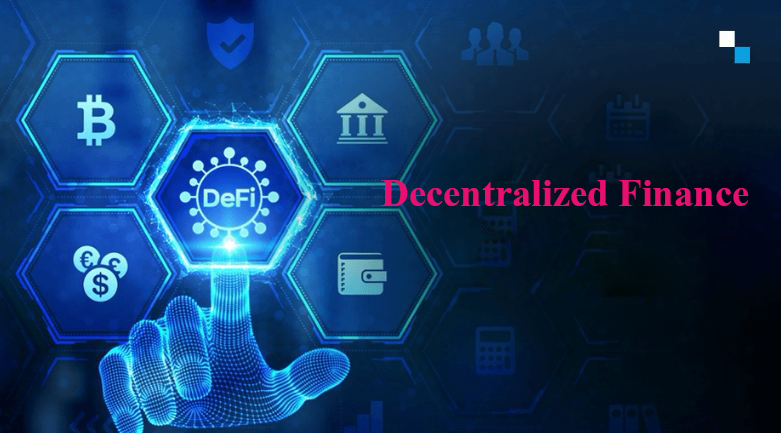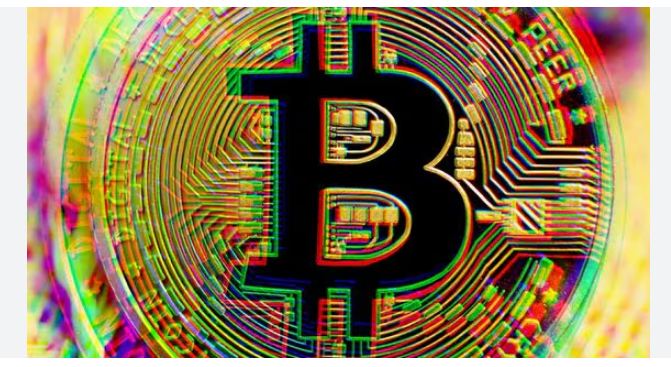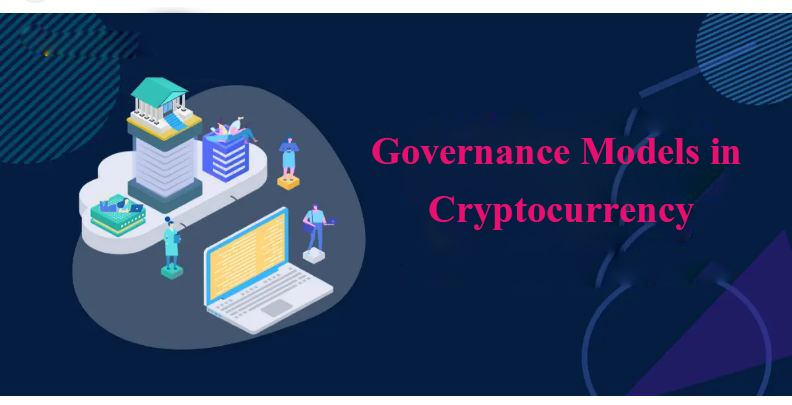Decentralized Finance (DeFi) | This page contain the fundamentals of DeFi, its key components, advantages, challenges, and its potential to reshape the future of finance. Focus attention and read through.
About Decentralized Finance (DeFi)
Decentralized Finance, commonly known as DeFi, represents a paradigm shift in the traditional financial system by leveraging blockchain technology to create an open, permissionless, and decentralized ecosystem for financial services.
DeFi encompasses a wide range of applications, including lending, borrowing, trading, derivatives, and asset management, all executed without intermediaries or centralized authorities.
Understanding Decentralized Finance:
At its core, DeFi aims to democratize access to financial services by removing barriers such as geographic restrictions, high costs, and reliance on intermediaries.
Unlike traditional finance, where centralized institutions control and regulate financial activities, DeFi operates on decentralized networks powered by blockchain technology, ensuring transparency, security, and censorship resistance.
Key Components of DeFi:
Smart Contracts:
Smart contracts, self-executing agreements coded on blockchain platforms like Ethereum, form the foundation of DeFi protocols. These programmable contracts automate financial transactions, enforce terms and conditions, and eliminate the need for intermediaries.
Decentralized Exchanges (DEXs):
DEXs enable users to trade cryptocurrencies and digital assets directly without relying on centralized exchanges. By utilizing smart contracts and liquidity pools, DEXs offer enhanced security, privacy, and control over assets, while minimizing counterparty risk and trading fees.
Lending and Borrowing Platforms:
DeFi lending protocols allow users to lend their digital assets and earn interest, or borrow assets by providing collateral. These platforms utilize smart contracts to automate loan issuance, collateralization, and interest payments, enabling seamless peer-to-peer lending without intermediaries.
Asset Management and Yield Farming:
DeFi offers innovative solutions for asset management and yield generation through protocols like decentralized autonomous organizations (DAOs), automated market makers (AMMs), and liquidity mining.
Users can participate in yield farming by providing liquidity to decentralized liquidity pools and earning rewards in the form of governance tokens or transaction fees.
Advantages of DeFi:
Financial Inclusion:
DeFi opens up access to financial services for underserved populations worldwide, allowing anyone with an internet connection to participate in global markets without discrimination or exclusion.
Transparency and Security:
DeFi protocols operate on transparent, auditable, and immutable blockchain networks, reducing the risk of fraud, manipulation, or censorship. Users have full control over their assets, eliminating the need to trust centralized intermediaries with custody or transaction processing.
Lower Costs:
By removing intermediaries and automating processes through smart contracts, DeFi reduces transaction fees, loan origination costs, and other overheads associated with traditional financial services.
Interoperability
DeFi protocols are interoperable, meaning they can seamlessly interact and integrate with each other, creating a cohesive ecosystem of interconnected financial services and applications.
Challenges and Risks:
Despite its transformative potential, DeFi faces several challenges and risks that must be addressed for widespread adoption and sustainability:
Security Vulnerabilities
Smart contract vulnerabilities, code exploits, and hacking incidents pose significant risks to DeFi platforms and users, highlighting the need for robust security audits, formal verification, and ongoing protocol upgrades.
Regulatory Uncertainty:
Regulatory compliance remains a gray area in DeFi, with regulators grappling to define and enforce rules in a rapidly evolving landscape. Regulatory clarity is essential to mitigate legal risks and foster institutional adoption of DeFi.
Scalability and User Experience:
Scalability constraints and network congestion on blockchain platforms like Ethereum can lead to high transaction fees, slow confirmation times, and poor user experience. Layer 2 scaling solutions and alternative blockchain networks aim to address these scalability challenges.
Market Volatility and Systemic Risks
DeFi protocols are susceptible to market volatility, liquidity shocks, and systemic risks inherent in decentralized systems. Risk management, liquidity provisioning, and algorithmic stability mechanisms are essential to mitigate these risks and ensure the resilience of DeFi ecosystems.
Future Outlook:
Despite the challenges and risks, DeFi continues to evolve and innovate at a rapid pace, attracting investment, talent, and mainstream adoption.
The growing popularity of decentralized exchanges, lending protocols, and yield farming platforms underscores the demand for accessible, efficient, and permissionless financial services.
As DeFi matures, interoperability, scalability, and security will remain key areas of focus for developers, researchers, and industry stakeholders.
Collaboration between regulators, innovators, and traditional financial institutions will be crucial to navigate regulatory hurdles, foster innovation, and unlock the full potential of DeFi in reshaping the future of finance.
Conclusion:
Decentralized Finance represents a groundbreaking evolution in the financial landscape, offering unprecedented opportunities for financial inclusion, innovation, and empowerment.
By leveraging blockchain technology, smart contracts, and decentralized networks, DeFi enables individuals worldwide to access, transact, and manage their finances without reliance on intermediaries or centralized authorities.
While DeFi faces challenges and risks, its transformative potential to democratize finance, enhance transparency, and reduce costs is undeniable.
As the ecosystem continues to mature and innovate, DeFi has the potential to revolutionize traditional finance, unlock new economic opportunities, and empower individuals to control their financial destinies in a decentralized, permissionless, and borderless financial system.



